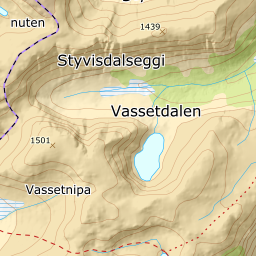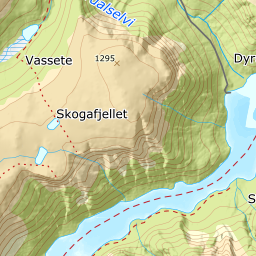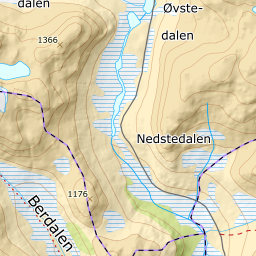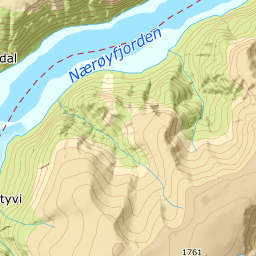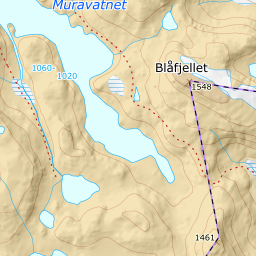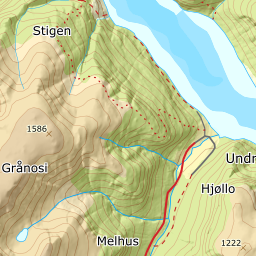Ein gammal rideveg
Den gamle postvegruta gjekk vanlegvis med båt mellom Lærdal og Gudvangen i Nærøyfjorden. Bøndene, som hadde skyssplikt, rodde postkarane den lange vegen. Men seinhaustes og til ut i april kunne det liggja is inne i Nærøyfjorden. Då vart Styvi stoppestad. Her var det eit 5 km langt vegfár inn til Bleiklindi der fjorden er på sitt smalaste. Herifrå var det å ta seg over isen til Bakka, tvers over fjorden, og vidare etter eit vegfár inn til Gudvangen. Men kryssinga på isen var ikkje heilt ufarleg. Så viktig var denne vegparsellen for postgangen, at det rundt 1850 vart vurdert å føra vegen vidare frå Bleiklindi til Ramsøy og Gudvangen. Då kunne dei unngå den farlege kryssinga på isen over fjorden til Bakka. Vegen mellom Bleiklindi og Styvi var ein viktig del av postvegen mellom Bergen og Oslo.
Ein sledebåt vart konstruert
Vinters tid måtte ein ofte ha båt med på sleden, i tilfelle det var råd å ro. Det var sjølvsagt svært tungvint, og difor konstruerte postbøndene i Nærøy ein spesiellisbåt, ein kombinasjon av slede og båt. Dei bygde båten slik at den vart nokså jambreid, og samstundes flatbotna. I staden for kjøl etter midten bygde dei to kjølar eller meier. Båten var lett, men stødig, og på isen oppførde han seg som ein slede. Ingen veit når den første isbåten vart bygd, men truleg var det ein gong på 1700-talet. Den siste isbåten står på Sogn folkemuseum.
Vegen ligg i eit landskapsvernområde
Vegen mellom Bleiklindi og Styvi følgjer i hovudsak strandlina der det er mogleg. Vegen har vakre bakkemurar, stikkrenner og grøfter. I Galdane, like vest for Styvi, er det bygd ei trebru langs fjellet slik at ein kan passera dette bratte fjellpartiet. Litt vest for Galdane vart det sett opp jernrekkverk på oppsida av vegen til hjelp for dei vegfarande når det var issvullar og glatt. 18. oktober 1991 vart strekninga Styvi-Holmo oppretta som landskapsvernområde. Vern av heile Nærøyfjorden var alt då ein del av arbeidet med ein nasjonalparkplan, men grunna private planar om å byggja ein landbruksveg frå Styvi langs fjorden, vart prosessen med å verna postvegen mellom Styvi og Bleiklindi framskunda.
Veg til Bakka, men ikkje til Styvi
På 1800-talet vart det sett i gong opprustingsarbeid av postvegane for å få fortgang i postomberinga. I 1854 bygde dei ein køyreveg mellom Gudvangen og Bakka. Vegbreidda var 2,5 m med innskrenkingar til 1,9 m på dei vanskelegaste stadene. Vegen frå Styvi til Bleiklindi vart aldri noko anna enn gangveg og kløvveg.



